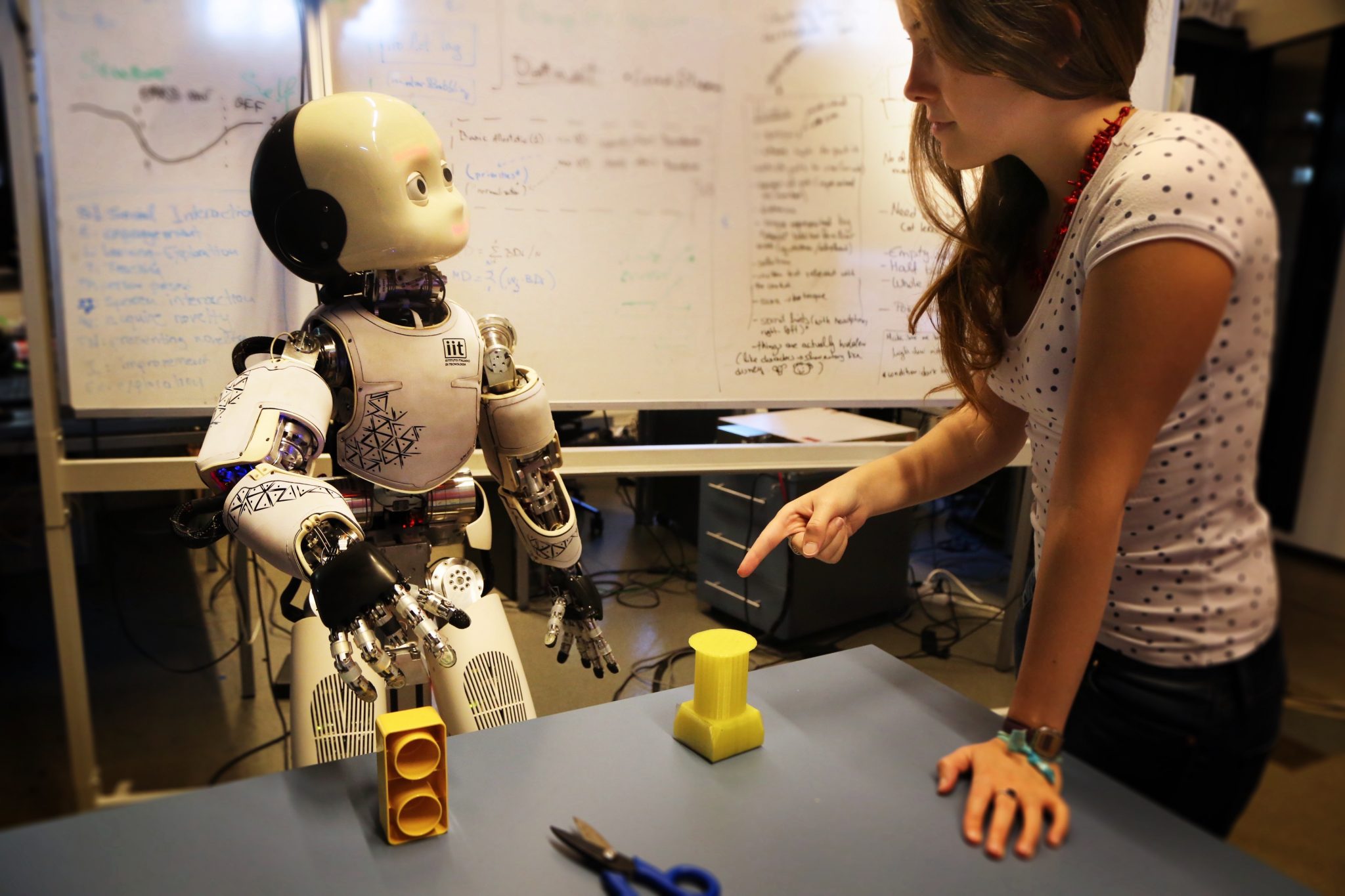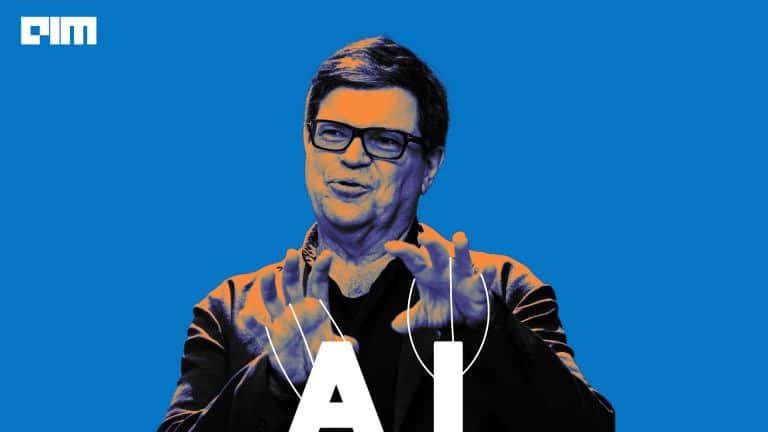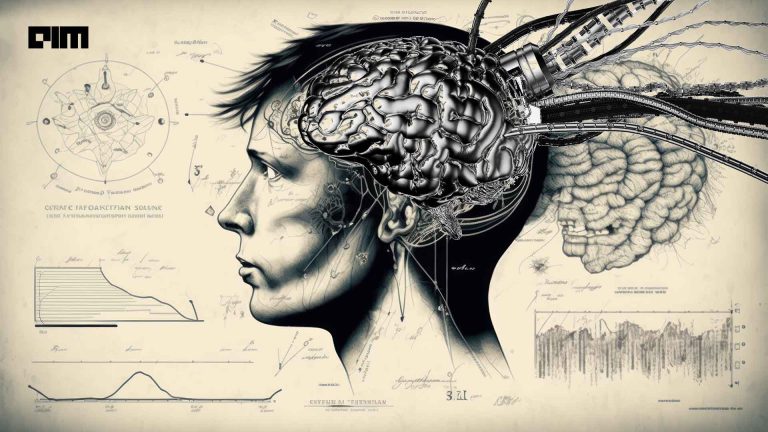Is Reinforcement Learning a new trend in data science? Reinforcement learning (RL) is changing the state of each and every sector globally. It is a machine learning technique through which a machine/software can learn to function by itself in an environment. The algorithms push the agent to perform different actions in order to achieve rewards. If the software is not able to perform the right actions, it loses points or is punished. The concept of reward and punishment is what drives the whole reinforcement learning chain. This learning helps the software in deciding actions to achieve goals in the long term.
From AlphaGo to AlphaGo Zero, the real-life applications of Reinforcement Learning have increased significantly. We are also seeing a spate of RL products and services in leading research and new age data companies like Facebook Horizon, OpenAI Gym, Intel RL Coach, and Google Cloud AutoML among others. According to Sudharsan Ravichandiran, author of the book, Hands-On Reinforcement Learning, RL adoption has increased largely because of state-of-the-art DL algorithms, he revealed in an interview.
RL is often compared to other forms of learning such as supervised and unsupervised learning. One of the major difference between RL and other learning techniques is that RL isn’t provided with outcome instructions beforehand, instead, it follows the “trial and error” mechanism to build appropriate outcomes. Moving outside the traditional domains, RL has found use cases across banking, healthcare, advertising, and education and training. RL is used extensively in the robotics, gaming and finance industry and there has been a rise in research papers and applications that led to the development of self-learning agents.
Role Of Reinforcement Learning in AI & Data Science
After the success of AlphaZero and OpenAI’s Dota bot, it became essential for data scientists to learn and incorporate RL into their deep learning systems. AlphaZero is one of the best examples of RL, where a bot defeated one of the best players at “Go” game. Robotics and automation have combined to give the best results in RL. This includes the research done by scientists at IIT Delhi about the AI enabled robots which could play social games like Pictionary.
According to reports, Microsoft has acquired an AI startup Bonsai to venture into deep RL. Bonsai deals with changing subject data like manufacturing data, energy data and sales data of an enterprise, to building autonomous industrial systems. RL is estimated to be one of the biggest trends in data science in 2019. Reports suggest that Amazon acquired “Ring” to manufacture doorbells that could use Facial recognition systems, RL is changing the game of the future. The Amazon deal with Ring was not limited to facial recognition but also skin texture analysis, fingerprints, DNA, palm vein analysis etc. The patent the company released was the epitome of advancement in technology for home security.
RL Applications Go Beyond Gaming & Robotics
Besides the two most popular domains, gaming and robotics, RL is now being extensively applied to finance and banking have been hugely influenced by reinforcement learning and these systems help in fraud detection by flagging risks before they affect businesses. They also help in manufacturing and portfolio management. Robo-advisors to manage companies and evaluate market to give accurate decisions about investments, this could boost the portfolio. It could help in other sectors like inventory management and delivery management.
Healthcare has been revolutionised thanks to deep learning systems which are now looking into making patient care more easy and accurate. RL has driven robots to conduct surgeries and medical equipment to manage patient records and detect early signs of diseases. Research by Stanford can now detect skin cancer as well as dermatologists. The handheld device uses an algorithm which can identify skin cancer just by scanning some part of the skin. It can diagnose cancer easily. The algorithm was made after accumulating data from 130,000 skin samples. Google has developed a deep-learning algorithm to detect breast cancer, this will work more efficiently than pathologists’ results. This computational model detects abnormal cancerous cells through mammography.




















































































